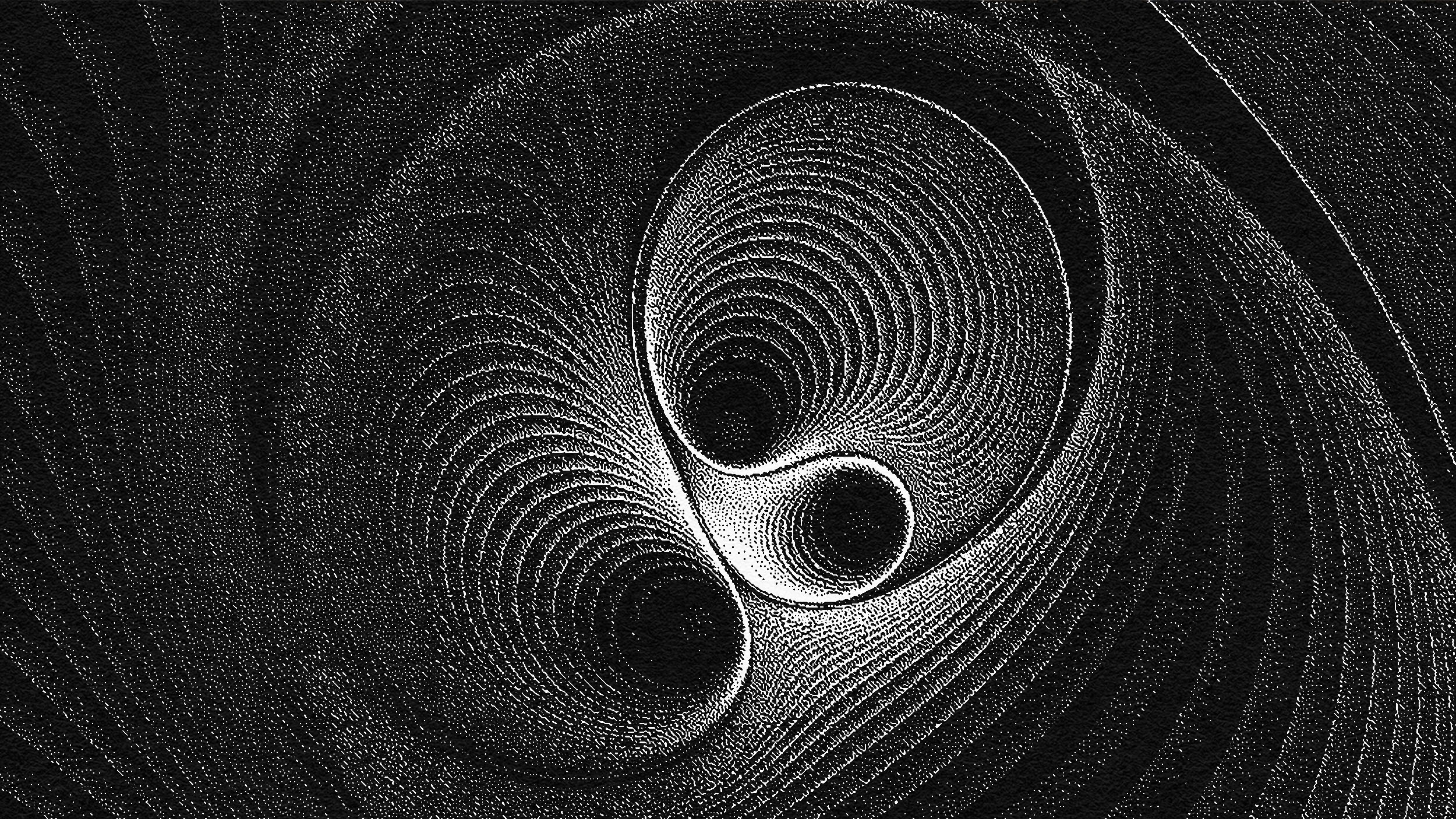CERN experiment unlocks new insights into the W boson

- Researchers at CERN have made a groundbreaking, ultra-precise measurement of the W boson, a critical particle in the Standard Model of physics.
- Using advanced techniques and data from the Compact Muon Solenoid (CMS) detector, they achieved unprecedented accuracy in determining its mass.
- The achievement confirms previous findings and pushes the boundaries of precision, opening new avenues for exploring the fundamental forces of nature.
Building new physics facilities tends to advance our understanding of the fundamental laws of nature. They create new capabilities and open unexplored horizons. But this is not the only way scientists can explore the unknown. Another is to make very precise measurements and compare them to calculations. Sometimes, a tiny difference points us in a new direction. Following this approach, researchers at the CERN laboratory have used the Compact Muon Solenoid (CMS) detector to make an unprecedentedly precise measurement of the mass of the W boson, one of the cornerstones of our modern theory of the behavior of matter. (Technical description here.)
At the subatomic level, three forces dominate the behavior of matter: electromagnetism and the strong and weak nuclear forces. The weak nuclear force is perhaps the most interesting. While weak, it is the one force that can change the identity of other fundamental subatomic particles.
Early theories of the weak nuclear force were developed in the 1930s, however, it was in the 1960s and 1970s that a more modern version was developed. According to accepted theory, the weak nuclear force is transmitted by the exchange of two different subatomic particles, called the W and Z bosons. Both particles were discovered at the CERN laboratory in the early 1980s. They are both unstable and decay in a tiny fraction of a second. In order to determine their properties, scientists make precise measurements of their decay products and work backward.
The Z boson is the easier particle to study. It decays into easily detectable and measurable particles, allowing scientists to characterize its properties precisely. From 1989 to 2000, scientists at the CERN laboratory operated the LEP accelerator and measured the mass of the Z boson with a precision of 0.002%. The LEP accelerator was a ring of magnets 27 kilometers (16.5 miles) in circumference and it accelerated electrons and antimatter electrons to near the speed of light. These particles were collided together and scientists used those collisions to do their studies.
The challenge of measuring the W boson
Studying the W boson is much more difficult. While the W boson decays in many different ways, a very common way is for it to decay into one particle that carries electric charge and another electrically neutral particle called a neutrino. While the properties of the electrically charged decay product is easy to measure, the neutrino does not interact in the detector. It escapes — its properties unknown.
Because scientists are unable to measure one of the W boson’s decay products, this makes determining the mass of the W boson vastly more difficult than the Z boson. Researchers using the LEP accelerator could only measure the mass of the W boson with a precision of 0.04%. A measurement made at Fermi National Accelerator Laboratory (Fermilab), using the DZero detector, achieved a precision of 0.03%, while a competitor experiment at Fermilab called CDF reported a precision of 0.01%. However, the CDF measurement disagrees substantially with all other measurements, which calls into question the reported precision.
In 2000, the LEP accelerator shut down so that it could be removed and replaced with a new accelerator called the Large Hadron Collider (LHC), which began operations in 2011. The LHC hosts several large experiments that have studied the W boson. In March of 2023, the ATLAS experiment measured the mass of the W boson with a precision of 0.02%; however, today’s measurement by the CMS experiment surpasses that precision and achieved 0.01%. Unlike the earlier discrepant CDF result, the CMS measurement agrees with prior measurements, which lends credence to the number. (Disclosure: The author is a member of both the DZero and CMS collaborations.)
A new era of precision
To measure the mass of the W boson with such precision is a monumental achievement, requiring that researchers invent new techniques. Previous measurements used Z boson to calibrate their detector. Given the ease by which the Z boson can be measured, this is a prudent approach. However, while the W and Z bosons are siblings, they are not twins; thus, this prudent approach is not without its own weaknesses.
To make such a precise measurement of the mass of the W boson, CMS researchers needed to combine data from a great number of different ways in which the W boson can decay. They also used new theoretical advances to improve their precision. In addition, the scientists used their enormous dataset to recalibrate the CMS detector, which reduced measurement uncertainties by a factor of ten.
To give a better appreciation of the difficulty involved in this measurement, the CMS collaboration only used data recorded in 2016. It simply took the intervening eight years to achieve the necessary level of precision. It is equivalent to measuring the height of the Eiffel Tower with a precision of a single inch.
Precision measurements of predictions made by the prevailing theory is an excellent avenue for looking for new physics. This very precise measurement of the mass of the W boson signals the transition of the LHC to a new phase of studying the laws of nature. Rather than relying on raw power (the LHC generates collisions seven times higher than available before), the delicate detectors arrayed around the accelerator allow for far more sensitive measurements than was possible in the past.
The LHC expects to operate until 2040 and should generate thirty times more data than has been recorded so far.





